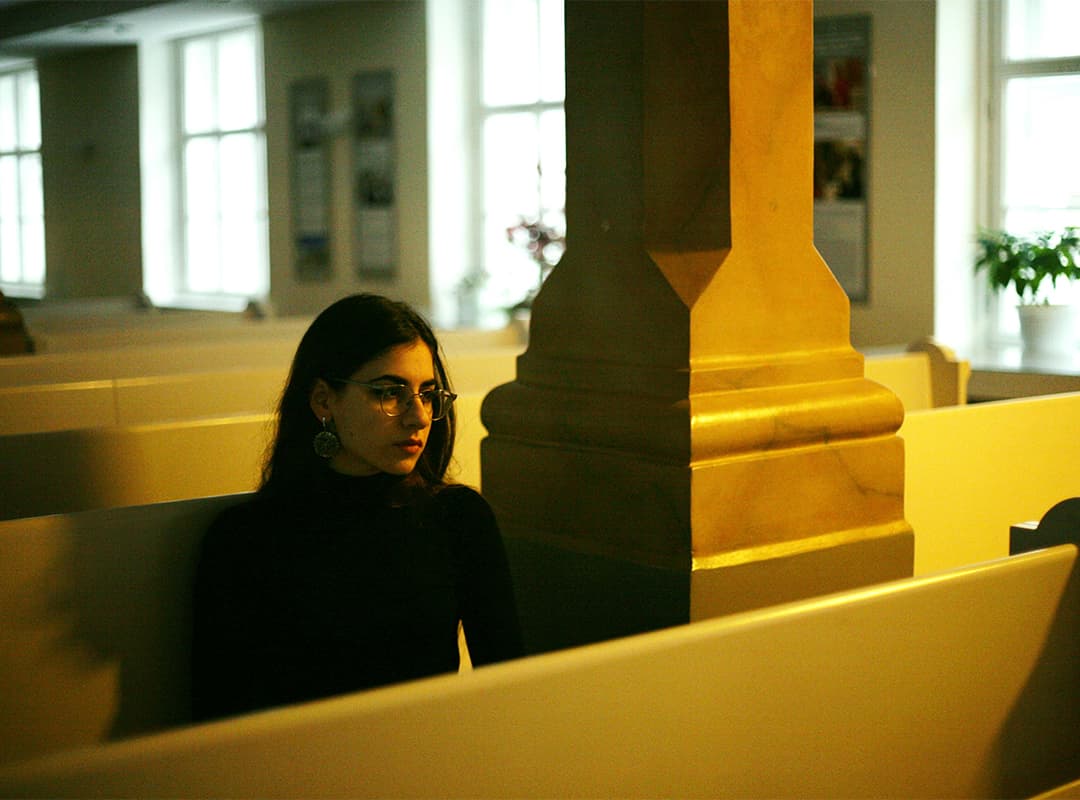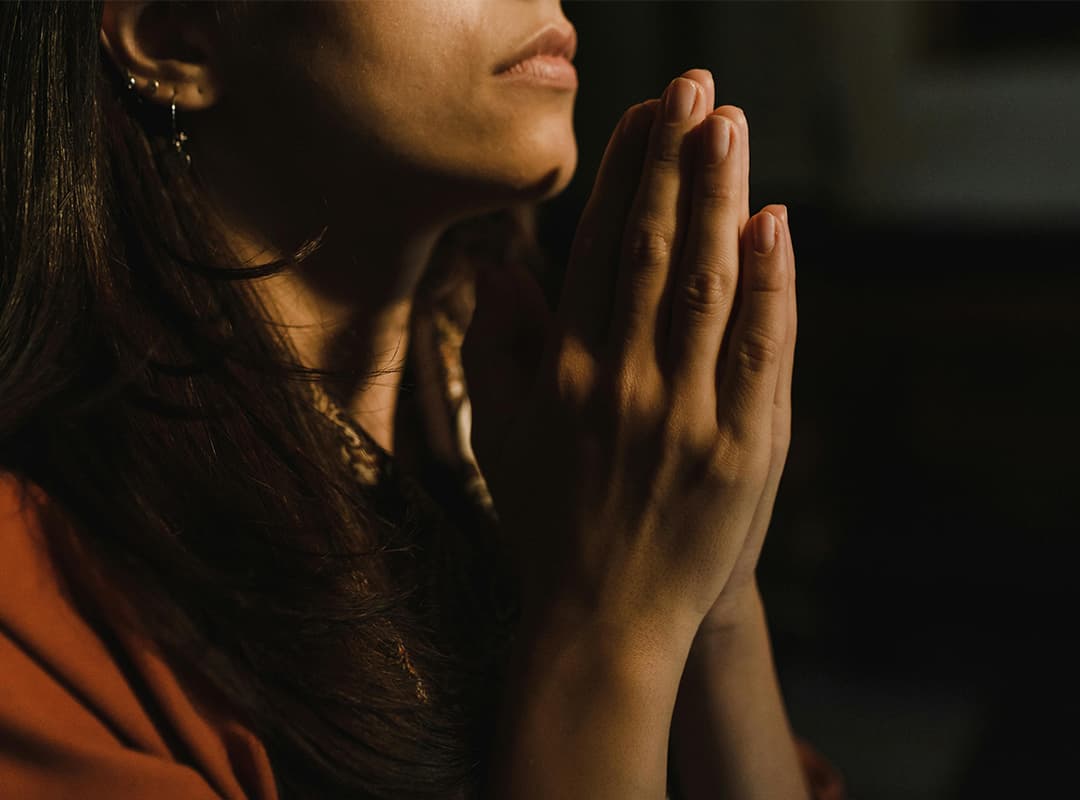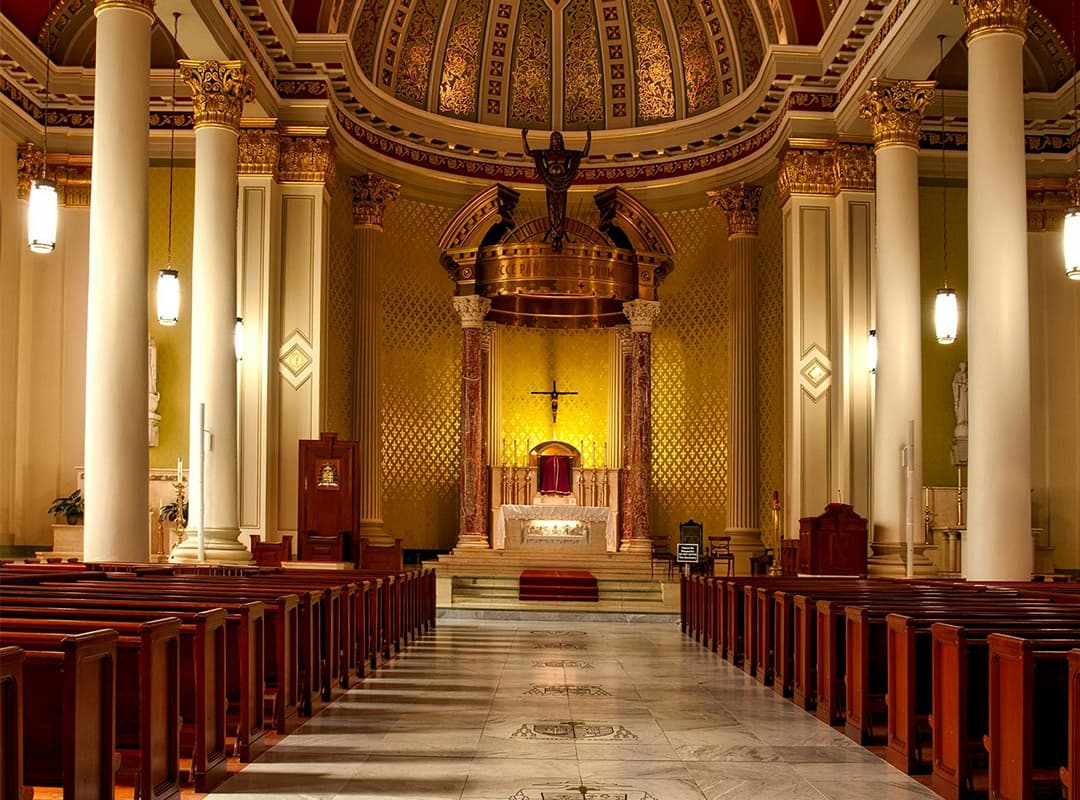In January, the Orthodox Church commemorates the lives and feats of its saints with reverence and gratitude. Among those honored are:
January 1
- The Circumcision of Our Lord Jesus Christ: Following the Law of Moses, Jesus was circumcised eight days after His birth, signifying the fulfillment of the Mosaic Covenant and the proclamation of salvation to the world.
- Our Father among the Saints Basil the Great (379): Renowned as the “bee of the Church of Christ,” St. Basil brought divine wisdom to the faithful and courageously defended Orthodoxy against heresy. His family, including parents St. Basil the Elder and St. Emmelia, and siblings St. Macrina, St. Gregory of Nyssa, and St. Peter, contributed significantly to the Church’s spiritual wealth.
- St. Gregory, Bishop of Nazianzus (374): A convert to Christianity, he served as Bishop of Nazianzus for forty-five years, steadfastly defending his flock against Arianism and persecution. He ordained his son, St. Gregory the Theologian, to assist him in his later years.
- St. Emilia (375): Mother of Sts. Macrina, Basil the Great, Gregory of Nyssa, Peter of Sebaste, and Theosevia, she played a vital role in nurturing her children’s faith and spiritual growth.
January 2
- Beginning of the Forefeast of Theophany: The Church begins the solemn preparation for the Feast of Theophany, celebrating the Baptism of Christ.
- St. Seraphim of Sarov (1833): Born in Kursk, St. Seraphim devoted his life to asceticism and prayer, experiencing numerous visions and miracles. His profound humility and love for God made him a spiritual guide for many, and his life became a continuous celebration of the Paschal joy.
- St. Sylvester, Pope of Rome (335): Elevated to the Papacy amidst persecution, St. Sylvester demonstrated the power of Christ over death by restoring life to a bull after a challenge from a Jewish scribe and occultist.
- Venerable Juliana of Lazarevskoye (1604): A model of Christian virtue, St. Juliana lived a life of selflessness, devoting herself to prayer, fasting, and works of mercy. Her generosity during times of famine and her unwavering faith continue to inspire believers.
- Holy New Martyr George the Georgian (1770): Born a Muslim slave in Georgia, St. George embraced Christianity later in life and bravely confessed his faith despite torture and persecution, ultimately giving his life for Christ.
Throughout January, these saints remind believers of the enduring power of faith, humility, and love in the face of adversity.


